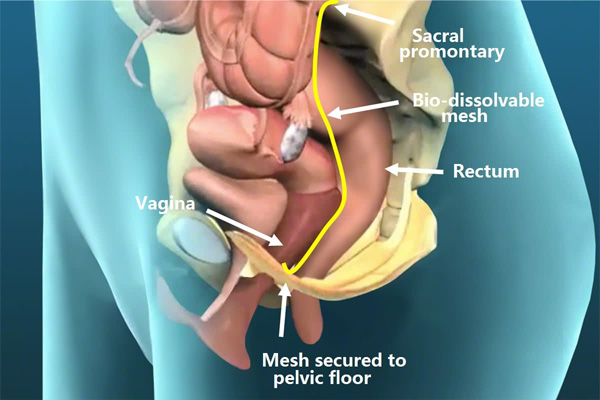Rectopexy for rectal prolapse
Rectal prolapse is a condition in which the rectum is outside its normal location in the body, more often visible at the anal orifice. Rectal prolapse can be caused by a variety of factors, for example, maldevelopment of the pelvis in children, diarrhea which is accompanied by weight loss and loss of the rectal supporting pad of fat.
